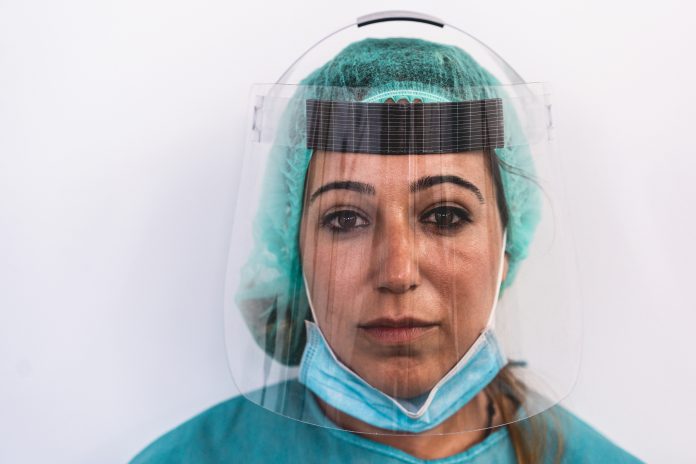New data from the REACT study finds that the rising infection rate has steadied a little, but there is no “sharp drop in infections” as in the first wave and the R is still high
The Real-time Assessment of Community Transmission (REACT) programme was commissioned by the Department of Health, to officially track how COVID-19 is spreading.
Researchers from Imperial College reveal that COVID infections in the UK are not “clearly growing or shrinking”, which is a mildly positive finding in comparison to last week’s data. On 22 January, the team saw that rate of infection was “very high with no evidence of decline.”
Is COVID-19 decreasing in the UK or not?
Right now, the situation of COVID-19 appears to be approaching a plateau. However, that fixed position is still a bad one – in the first lockdown, scientists saw a “sharp decline” in infections with social distancing alone.
But this time around, they aren’t seeing anything like that.
The team suggests that new mutation being more infectious, vulnerable children in schools and more people going physically to work can rationalise why the infection rate is still so high. The new mutation they are pointing to is the UK-born one: the strain that emerged somewhere in Kent in September 2020 – which was known to the Government at that time.
The R is currently at 0.98.
Professor Steven Riley, study author and Professor of Infectious Disease Dynamics at Imperial, said: “Although these programs collect data in different ways and as a result may sometimes show slightly different trends, they are all pointing to the same overall conclusion; right now the prevalence of infection is very high.”
Is vaccination having a strong impact anywhere?
The short answer is, not yet.
Infections appear to be increasing in the East Midlands and could also be rising in the West, Yorkshire and the Humber. However, the South West was experiencing a decline in people testing positive, with possibilities of the same in London and the South East.
But London is still the worst-hit place, with 1 in 35 people having COVID.
Ethnic minorities continue to experience a higher rate of infection, especially in deprived neighbourhoods. Key workers remain more likely to be infected, with health professionals and care home workers five times more likely to have COVID.
Young people aged 18-24 had the highest likelihood of infection, with 1 in 40 infected. In London, this is even higher at 1 in 25. The capital also experienced the highest number of infections in people aged 55 and above – 1 in 50 testing positive for COVID-19.
Kelly Beaver, Managing Director of Public Affairs at Ipsos MORI, said: “In the latest REACT snapshot across Round 8 we continue to see very high levels of COVID-19 at a national level, which continues to be worrying. While we do see the suggestion of a downturn in the last few days of the study, which is encouraging, this is only tentative.”











